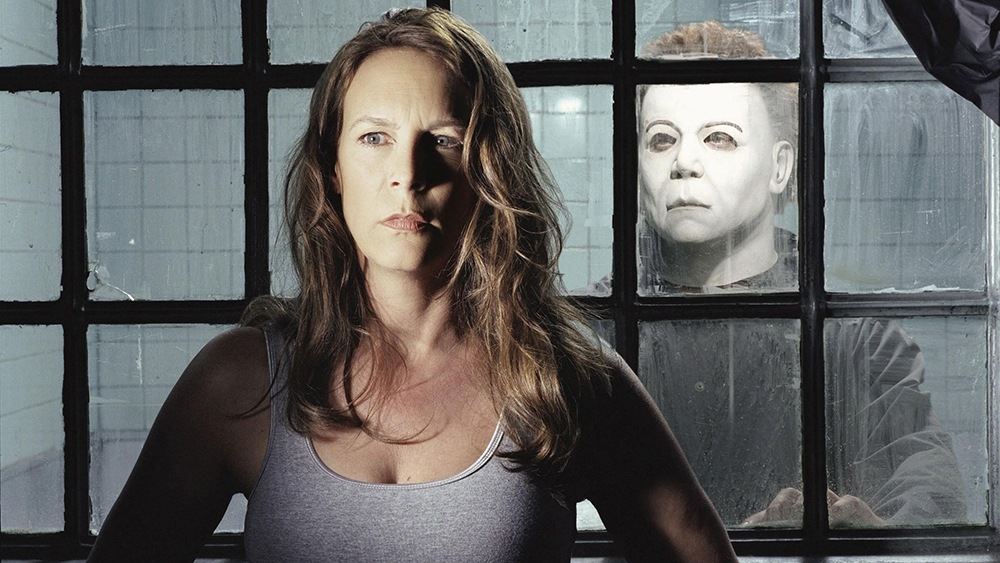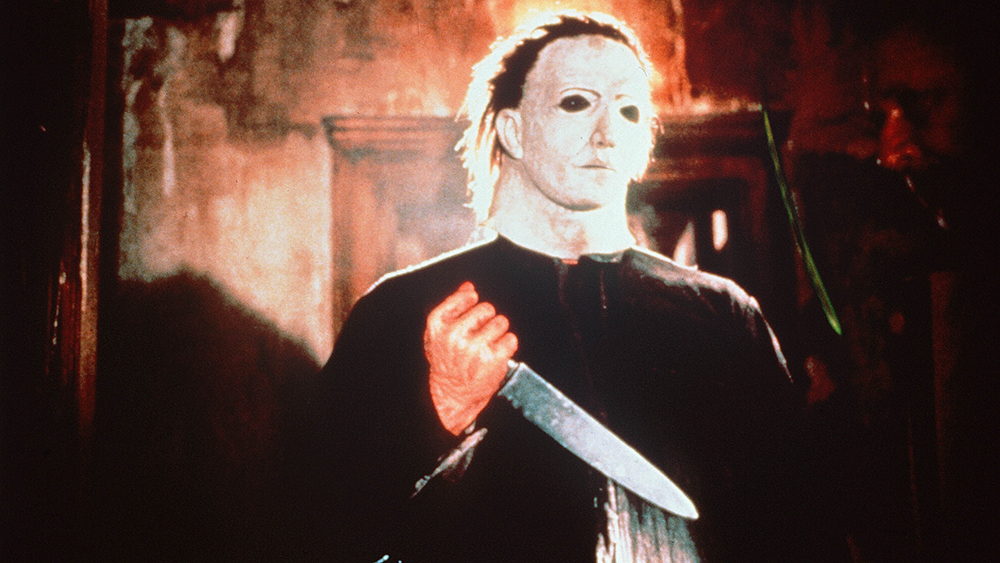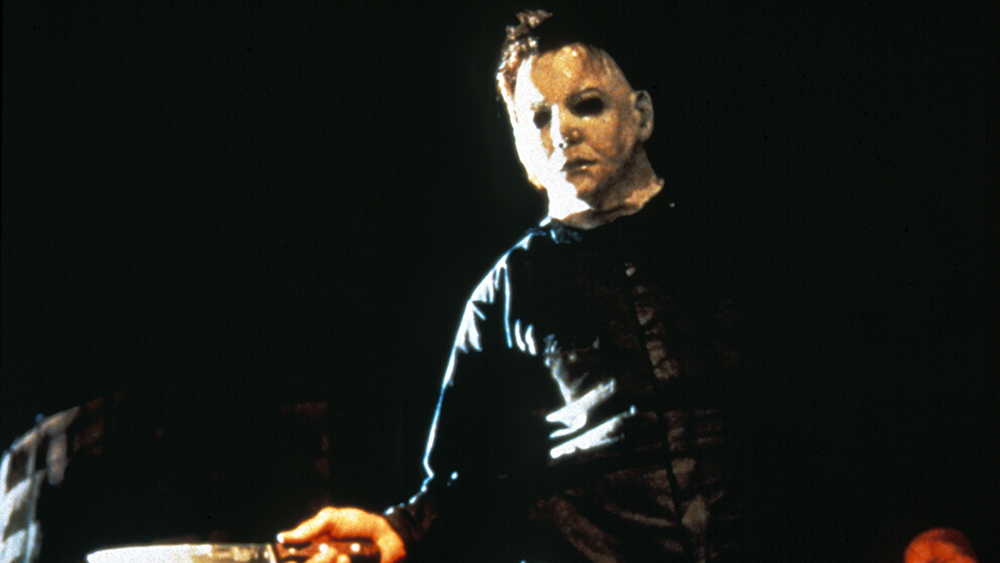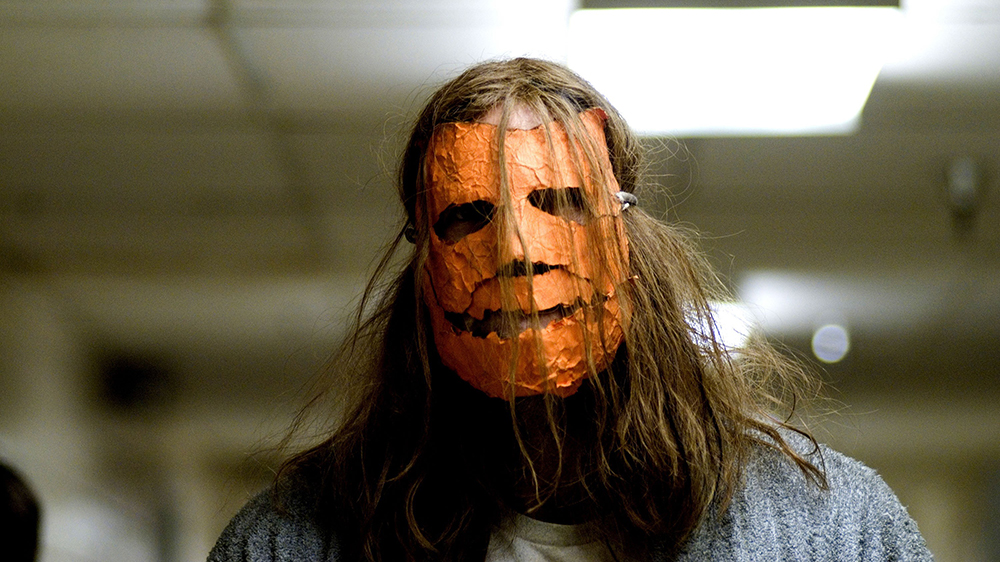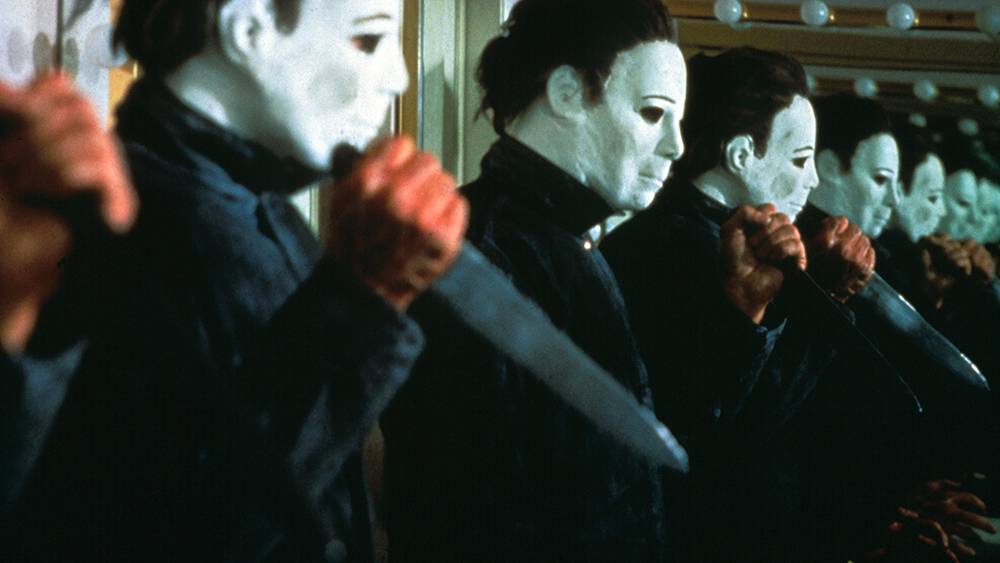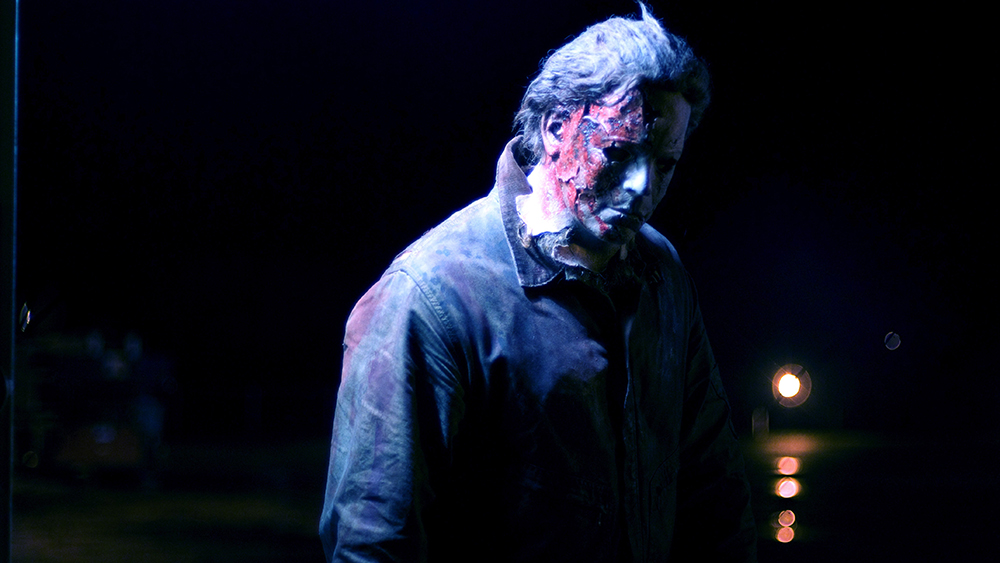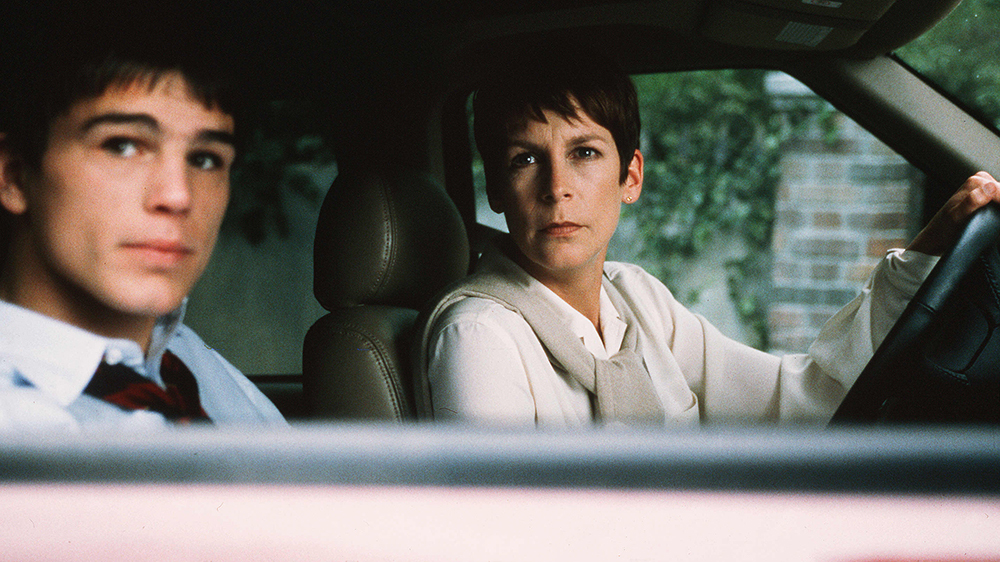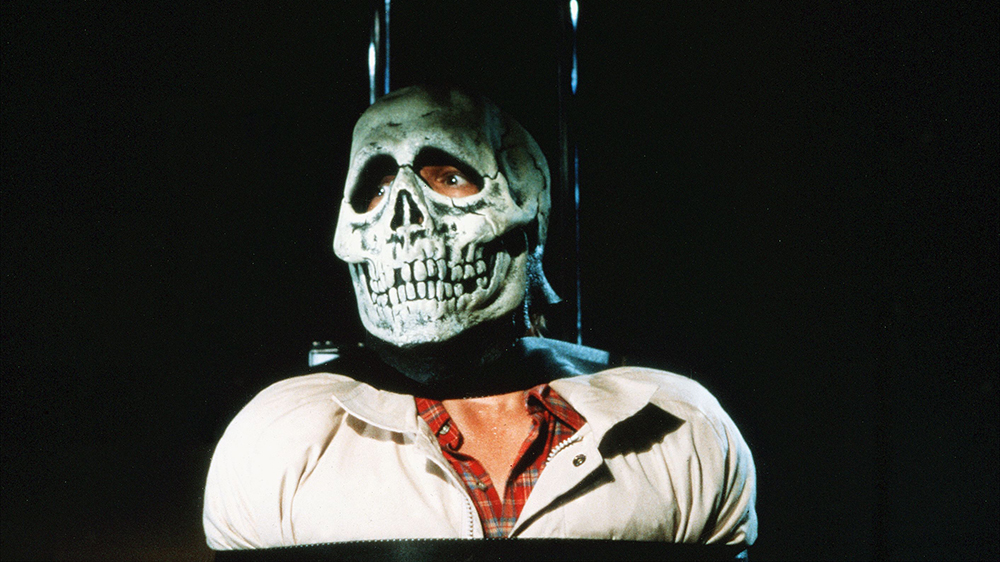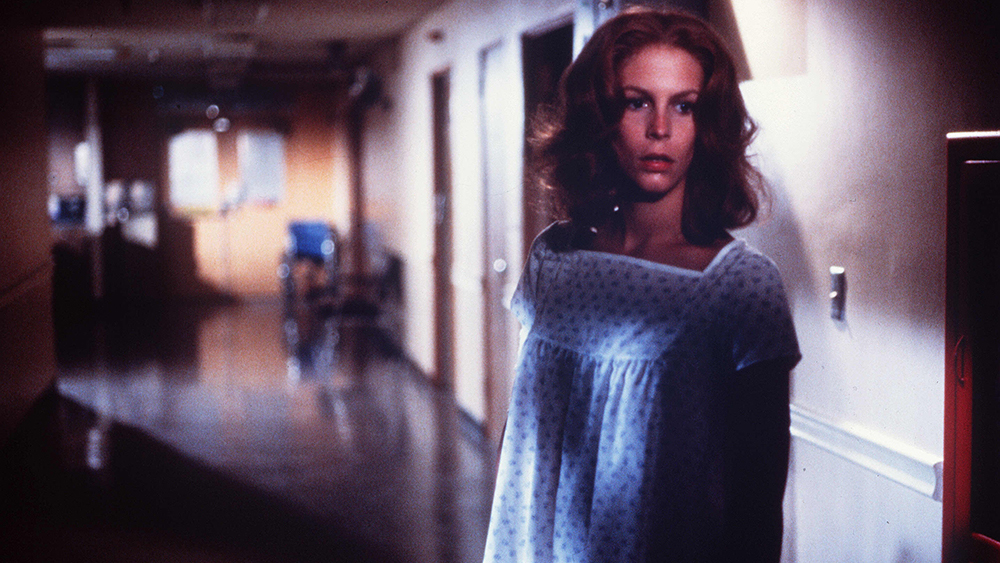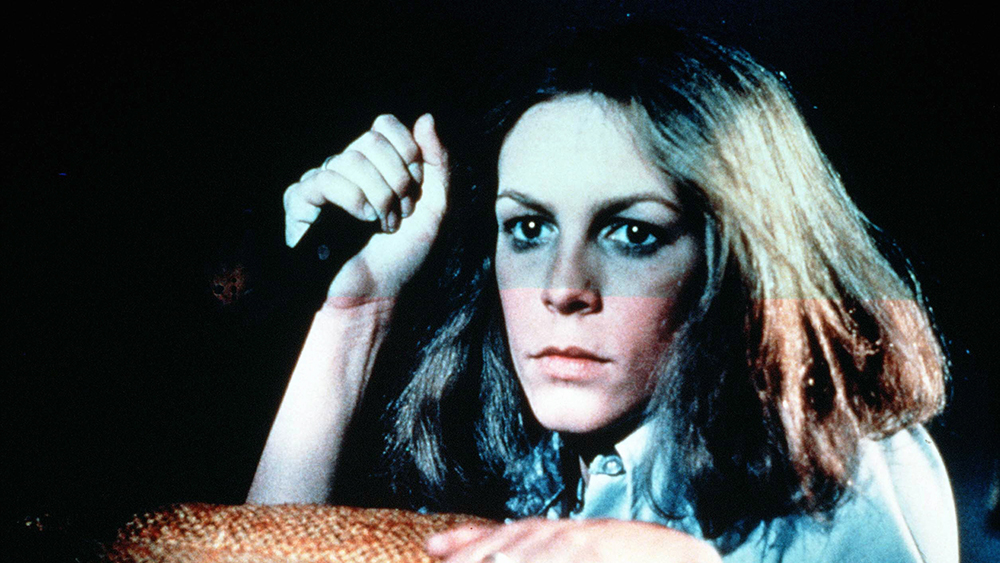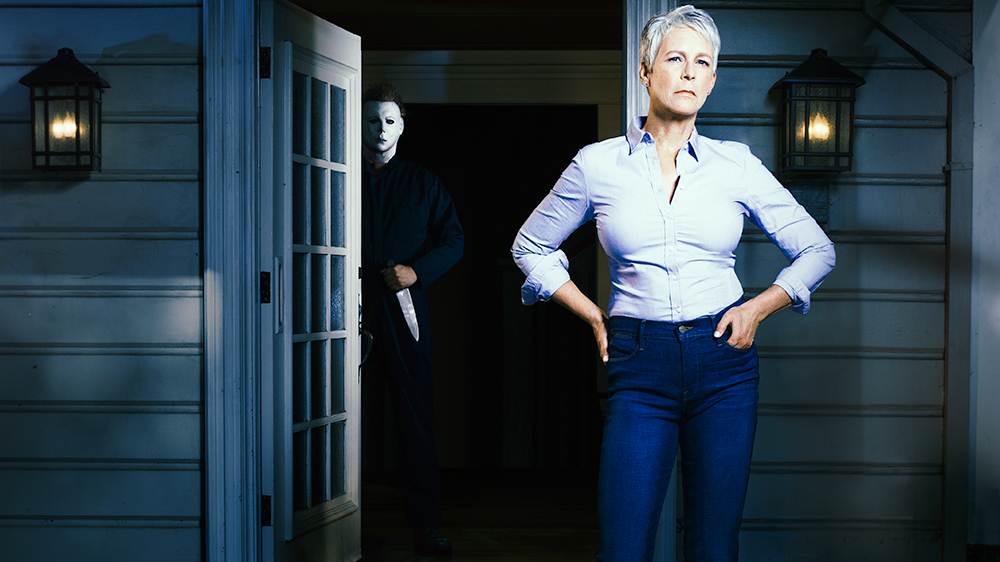All 11 ‘Halloween’ Movies in the Franchise, Ranked
By Matthew Chernov
LOS ANGELES (Variety.com) – Proving that you can’t kill pure evil, Michael Myers returns once again to pierce fresh victims with an assortment of cutlery in Universal’s “Halloween” reboot. Though this latest entry in the franchise ignores the events of the last nine films, enough references are included throughout it to make several of the sequels well worth revisiting. To help you plan a Myers movie marathon, here’s our ultimate ranking, from tedious trick to terrifying treat.
11) Halloween: Resurrection (2002)
At times resembling an amateur Halloween fan film that was accidentally released in theaters, the eighth entry in the slasher series finds a blasé Michael Myers stalking a group of fame-seeking college students who’ve agreed to spend a night in his childhood home as part of a ridiculous internet reality show. Clumsily interspersed with low-res video footage shot by the actors themselves, “Halloween: Resurrection” is a suspense-free disaster that wastes Jamie Lee Curtis in a disrespectful cameo, before introducing Busta Rhymes as a karate-kicking web producer. Director Rick Rosenthal — who also helmed one of the best sequels in the franchise — saps Myers of every last ounce of fear he once commanded by keeping him front and center on screen for far too long.
10) Halloween 5: The Revenge of Michael Myers (1989)
It’s hard to decide what’s most depressing about this visually ugly addition to the Myers saga. Could it be the somnambulant pacing and uninspired kill scenes? Or possibly that it features the most annoying character in the entire series (a.k.a. Tina)? Or maybe it’s the baffling cartoon sound effects we hear whenever two bumbling cops arrive on screen? Whatever the case may be, “Halloween 5” manages to completely trash the modest charms of its preceding chapter thanks to director Dominique Otherin-Girard’s inability to generate a single decent scare. Worse yet, the movie ends on a groan-inducing cliffhanger that’s so awkwardly shot and edited, it feels like a prank played on the audience.
9) Halloween: The Curse of Michael Myers (1995)
The presence of future Ant-Man Paul Rudd playing twitchy Haddonfield weirdo Tommy Doyle helps lift this notoriously troubled production slightly higher than the previous two entries on the list. Still, that’s not saying much. Hamstrung by an indecisive studio and a wildly overcomplicated backstory to contend with, screenwriter Daniel Farrands does a solid job of patching the series’ muddled mythology together while adding several cool new wrinkles of his own. Unfortunately, endless reshoots and disastrous re-edits rendered the finished film a confusing disappointment. An alternate Producers Cut was released on video in 2014, but it didn’t help clear up much.
8) Rob Zombie’s Halloween (2007)
The most divisive installment in the franchise, Rob Zombie’s “Halloween” works best when it focuses on material not previously found in John Carpenter’s original film. In particular, the early scenes depicting 10-year old Michael torturing pets, murdering a school bully, and receiving psychiatric treatment at an asylum for the criminally insane are authentically disturbing. Things become less interesting, however, once the familiar babysitter storyline kicks in. Though Zombie’s meat-grinder aesthetic is the polar opposite of the less-is-more approach that made Carpenter’s original so terrifying, this controversial remake isn’t the mess that some expected.
7) Halloween 4: The Return of Michael Myers (1988)
Despite featuring the cheesiest Myers mask in the series, this fourth entry delivers the goods thanks to its no-frills plot and reliable direction from Dwight H. Little. The result is a better-than-expected ‘80s slasher pic with enough autumnal atmosphere to make you forget that it was shot in Utah during the springtime. Best known for introducing 11-year old scream queen Danielle Harris to horror fans around the world, “Halloween 4” ends on an intriguingly macabre final image that, sadly, wasn’t sufficiently developed in the miserable follow-up.
6) Rob Zombie’s Halloween II (2009)
Freed from the burden of having to rehash Carpenter’s original story, Rob Zombie transforms his blood-drenched sequel into an audacious three-ring freak show filled with pulverizing violence, bizarre surrealism, and pitch-black humor; all of it captured on gritty 16mm film stock by inventive cinematographer Brandon Trost. By far the goriest entry in the series, Zombie’s “Halloween II” depicts Michael Myers as a humanoid wrecking ball who doesn’t so much stab his victims as he does punch knives straight through their fragile bodies. For the complete stomach-churning experience, watch the superior unrated director’s cut and prepare to be rattled.
5) Halloween H20: Twenty Years Later (1998)
Two decades after the release of Carpenter’s 1978 classic, reprised her iconic role as Laurie Strode in this rousing anniversary chapter. Wisely ignoring the events of parts 4, 5 and 6, “Halloween H20” finds Laurie working as the headmistress at a private boarding school whose students include Michelle Williams and Josh Hartnett. Naturally, big brother Michael decides to pay a visit on his favorite holiday. Slickly helmed by two-time “Friday the 13th” director Steve Miner, the film benefits immeasurably from Curtis’s strength and charisma, and from composer John Ottman’s epic orchestration of Carpenter’s immortal theme music. Few films, regardless of genre, end on a more satisfying note.
4) Halloween (2018)
A deft mixture of horror and humor, David Gordon Green’s sensational franchise reboot is a loving homage to the original and a perfectly crafted slasher movie in its own right. Obsessive Michael Myers fans will find a wealth of clever call backs and in-jokes to enjoy, while moviegoers who’ve never seen a Halloween film before will discover just how cool Jamie Lee Curtis can be when pitted against a masked maniac. Dialing Laurie’s seasonal paranoia up a few dozen notches from where it was in the unrelated “H20,” Curtis elicits well-earned cheers from the audience when she makes her final stand against the relentless boogeyman.
3) Halloween III: Season of the Witch (1982)
The lovable black sheep of the series, “Halloween III” offers a welcome respite from Michael Myers mayhem, opting to tell a wonderfully old-fashioned sci-fi horror tale about a diabolical toymaker and his boobytrapped masks instead. Beautifully shot by master DP Dean Cundey, and impressively scored by Carpenter and Alan Howarth, this nostalgic chiller has gained cult status over the years, thanks in large part to its charming lead performance by stalwart character actor Tom Atkins. Sporting a luxurious ‘70s pornstache and a gigolo swagger, Atkins shines in the role of an ER doctor who’s groovy enough to battle an Irish warlock in California.
2) Halloween II (1981)
Delivering on the promise of its tagline – “More of the night HE came home” – Rick Rosenthal’s superlative sequel picks up directly after the original and continues the bloodshed unabated. The film features much of the same cast and crew, including Carpenter and co-writer/producer Debra Hill pulling script duty, and occasionally looks and feels like it was shot simultaneously with its predecessor. Only the creepy hospital setting is new. Memorable murder methods include a scalpel to the spine, exsanguination through IV tube, and boiling to death in a scalding hydrotherapy tub. The fiery face-off between Dr. Loomis and his unstoppable patient remains a series high point.
1) Halloween (1978)
Carpenter, Curtis, and trailblazing producer Debra Hill garnered much of the acclaim for the phenomenal success of this independent film that birthed a subgenre. But for classic movie fans, the importance of legendary English actor Donald Pleasence can never be overstated. Gifted with one of cinema’s greatest voices, it’s difficult to imagine anyone else delivering Dr. Loomis’s ominous warnings about “pure evil” without sounding completely absurd. Yet the stage-trained Pleasence makes you believe every single word. Appearing in a total of five Halloween films, each one sillier than the last, Pleasence never gave anything less than 100% on screen. Which helps explain why, for many fans, he remains the series’ stealth MVP.
